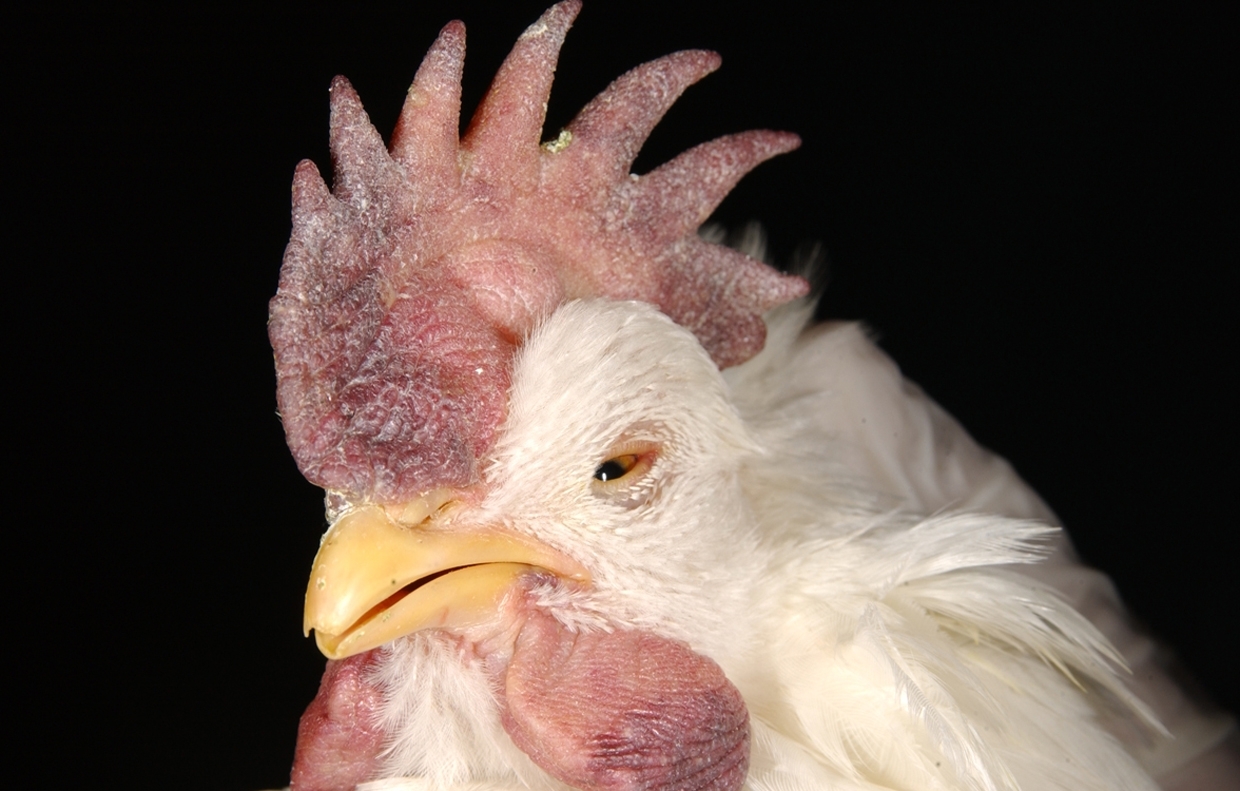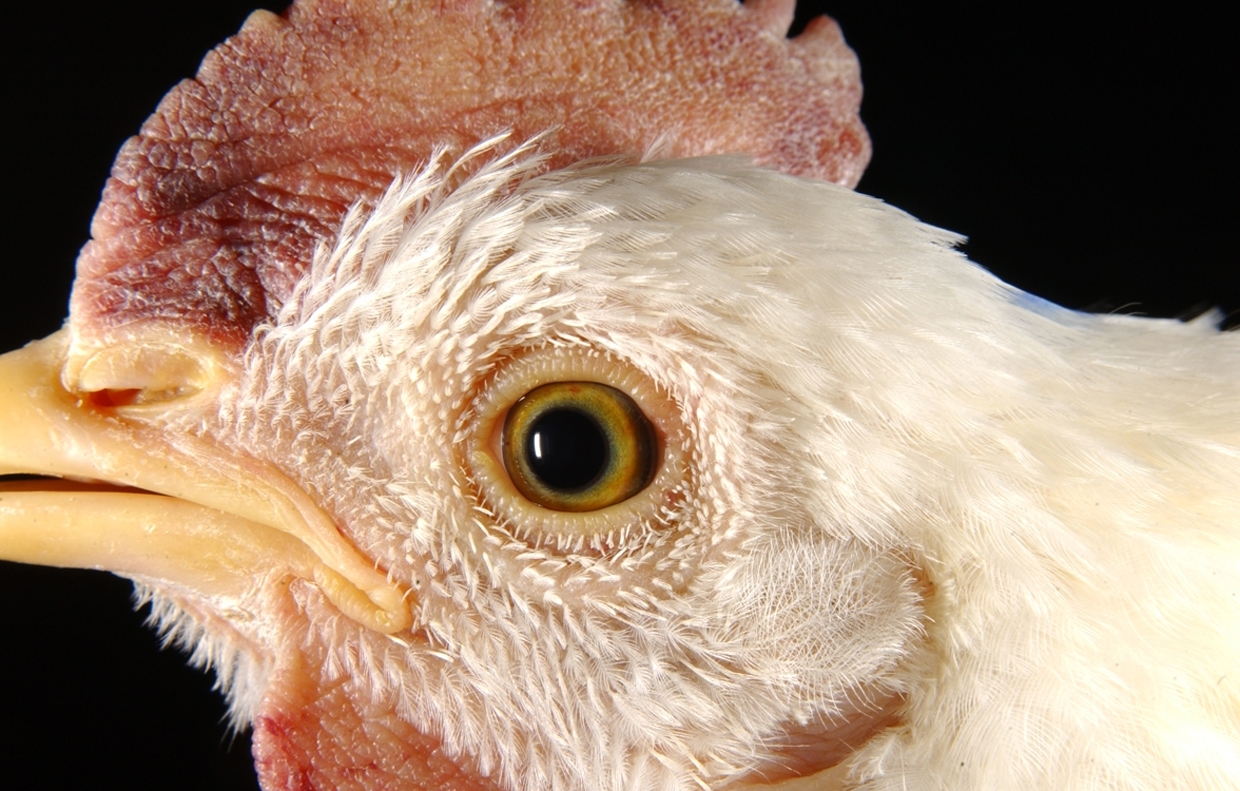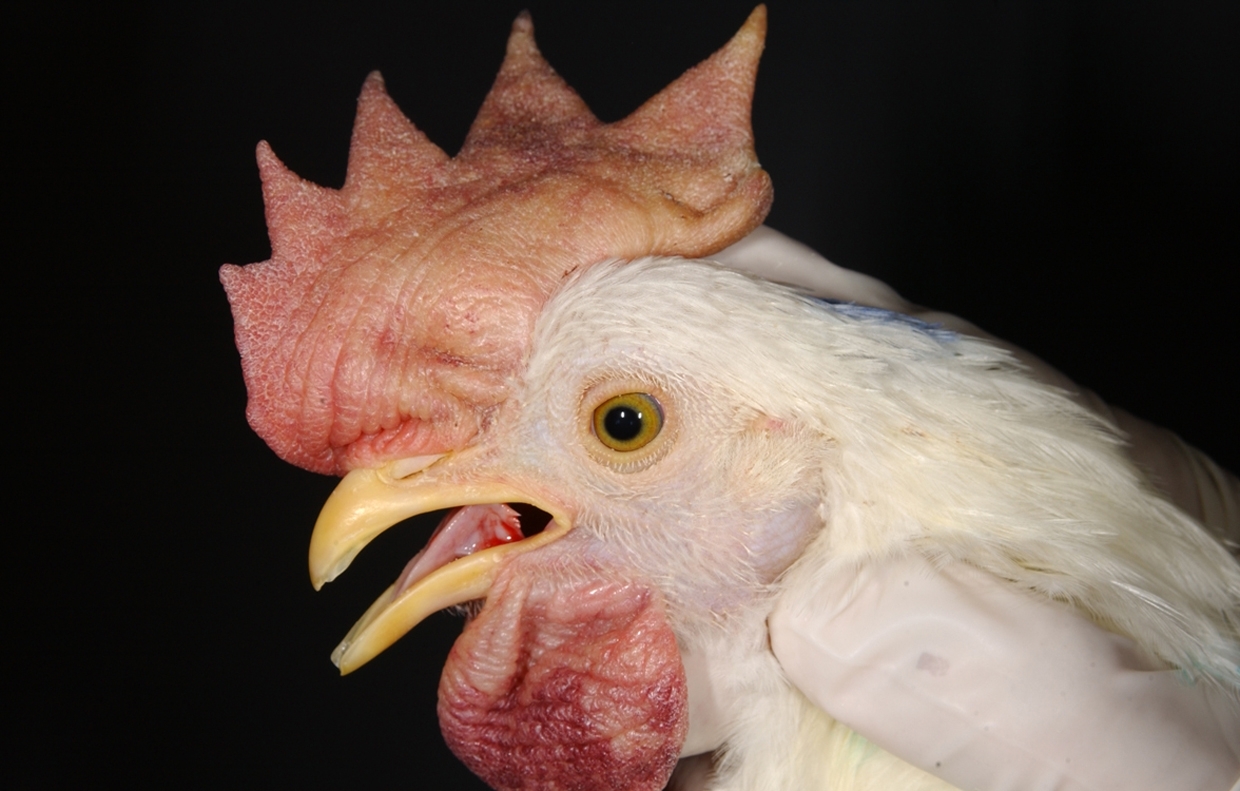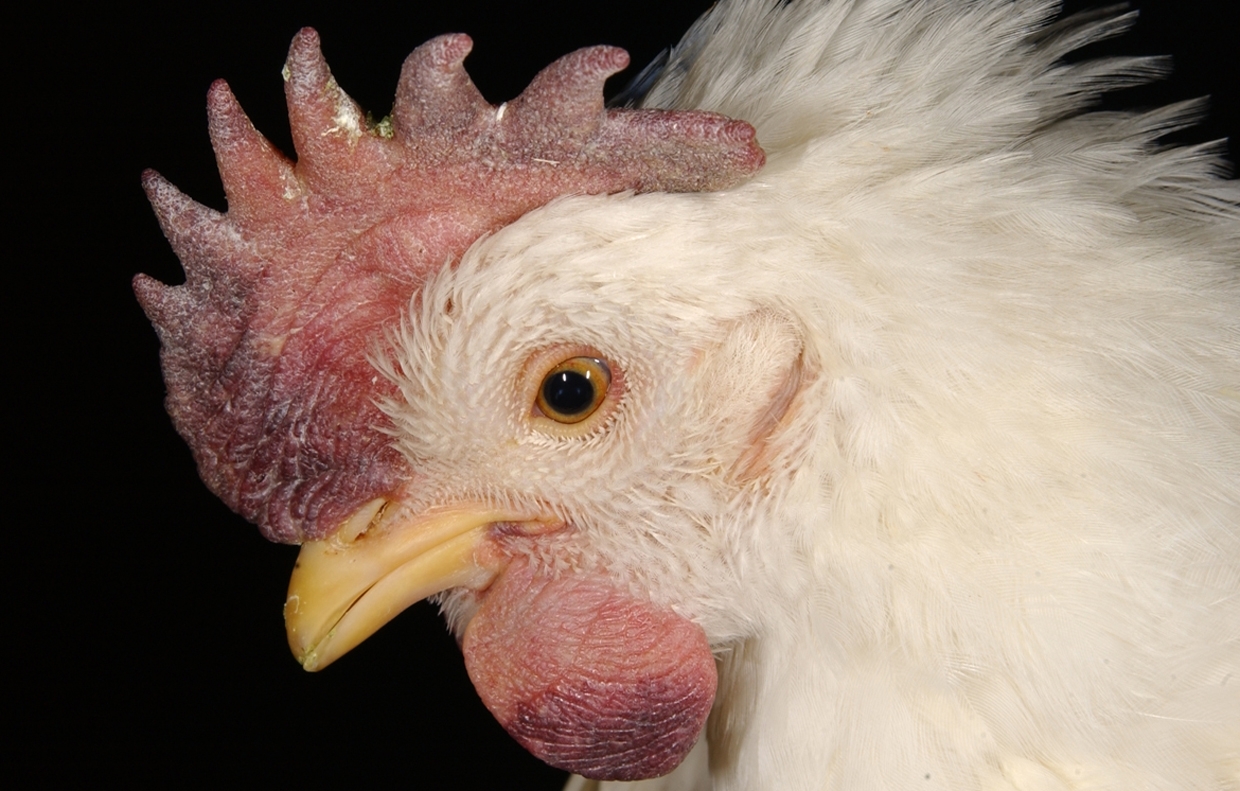APHIS works closely with commercial operators, States, and backyard and hobby growers to prevent avian influenza and other diseases from becoming established in the U.S. poultry population. Protecting the health and safety of our Nation’s poultry must be a top priority for flock owners of all sizes.
The U.S. poultry industry is one of the largest in the world and an important sector of our agricultural economy. If U.S. poultry are exposed to highly contagious diseases like highly pathogenic avian influenza and virulent Newcastle disease, the impact on our economy could be severe and international trade can be impacted. These deadly diseases quickly kill large percentages of any flock they infect.
Practicing good biosecurity is one of the best ways to protect our flocks from the risk of infection and the spread of disease. Here’s what you can do now:
- Review the basics of biosecurity and follow the best practices.
- Make sure you know the signs of illness.
- Check the Defend the Flock Resource Center for information about how you can prepare for and prevent disease outbreaks.
Avian influenza is caused by an influenza type A virus which can infect poultry such as chickens, turkeys, pheasants, quail, domestic ducks, geese, and guinea fowl and wild birds, especially waterfowl. There are two types:
- Highly pathogenic avian influenza (HPAI) virus strains are extremely infectious, often fatal to domestic poultry, and can spread rapidly from flock to flock.
- Low pathogenicity avian influenza (LPAI) virus strains occur naturally in wild migratory waterfowl and shorebirds without causing illness. LPAI can infect domestic poultry, with little or no signs of illness.
Birds infected with the HPAI virus may show one or more of the following signs:
- Sudden death without clinical signs
- Lack of energy and appetite
- Decreased egg production or soft-shelled or misshapen eggs
- Swelling of head, comb, eyelids, wattles, and hocks
- Purple discoloration of wattles, comb, and legs
- Nasal discharge, coughing, and sneezing
- Incoordination
- Diarrhea
Poultry owners and growers are encouraged to always practice good biosecurity to prevent the spread of avian influenza.
Learn more about avian influenza and what to do if you suspect it in your flock
Virulent Newcastle disease (vND), formerly known as exotic Newcastle disease, is a contagious and fatal viral disease that affects the respiratory, nervous, and digestive systems of birds and poultry. The disease is so virulent that many birds and poultry die without showing any clinical signs of illness.
Learn more about vND and what to do if you suspect vND in your flock
Salmonella is a bacterium that can spread from infected poultry to people who eat raw or undercooked poultry meat and eggs. Symptoms of Salmonella infection include nausea, vomiting, and intestinal distress. Children younger than age 5, adults older than 65, and people with weakened immune systems are especially vulnerable.
The most important action you can take to prevent the spread of Salmonella is to wash your hands thoroughly with soap and water after handling live poultry. Additionally, you should thoroughly cook poultry meat and eggs and clean and disinfect surfaces that come in contact with them.
Below are photos of specific signs of highly contagious illnesses in poultry, including avian influenza and virulent Newcastle disease. Click on the images to see larger versions with captions or to view a slide show.
If you see these signs of illness in your birds, report them immediately to USDA at 1-866-536-7593. You can also contact your local cooperative extension office, local veterinarian, or your State veterinarian.






Purple discoloration and swelling of the legs
Swelling and purple discoloration of the comb, wattles, and eyelids
Swelling of the eyelid and around the eye; purple discoloration in the comb and wattle
Purple discoloration of the comb and wattles
Open mouth breathing with moderate swelling of the comb and wattles
Purple discoloration, congestion, and swelling of the comb and wattle; swelling around the eyes; ruffled feathers









